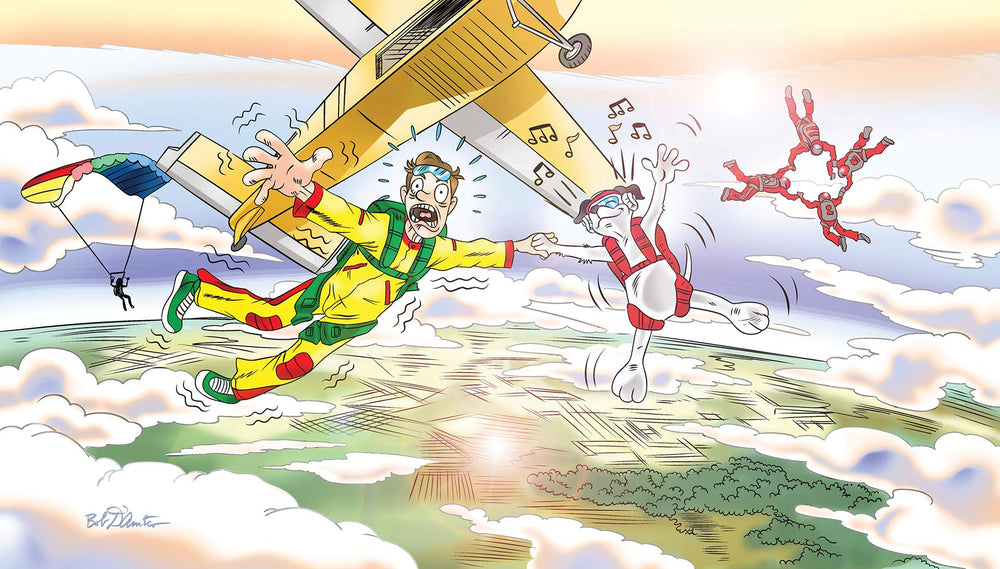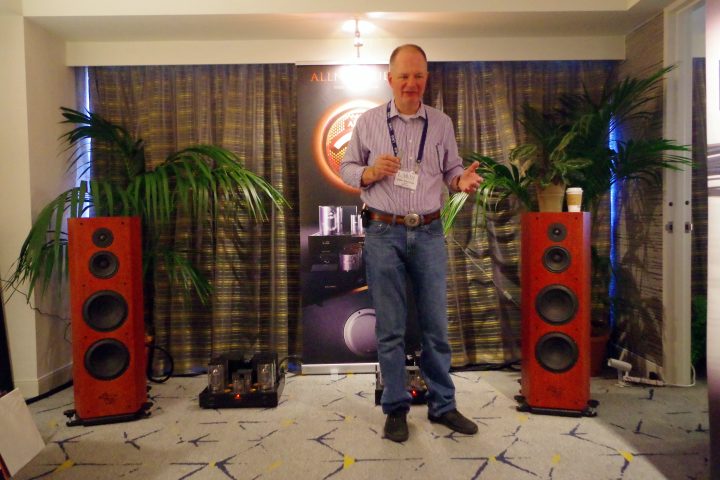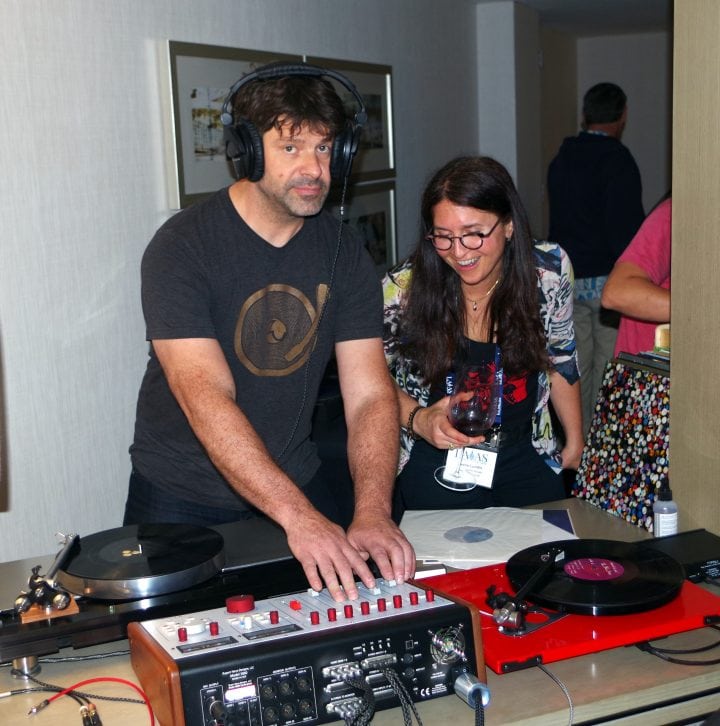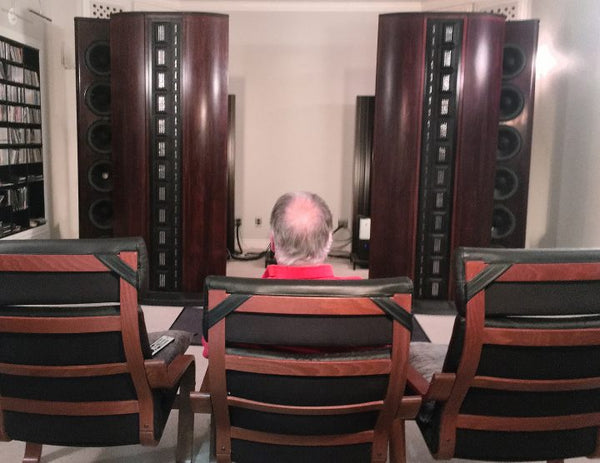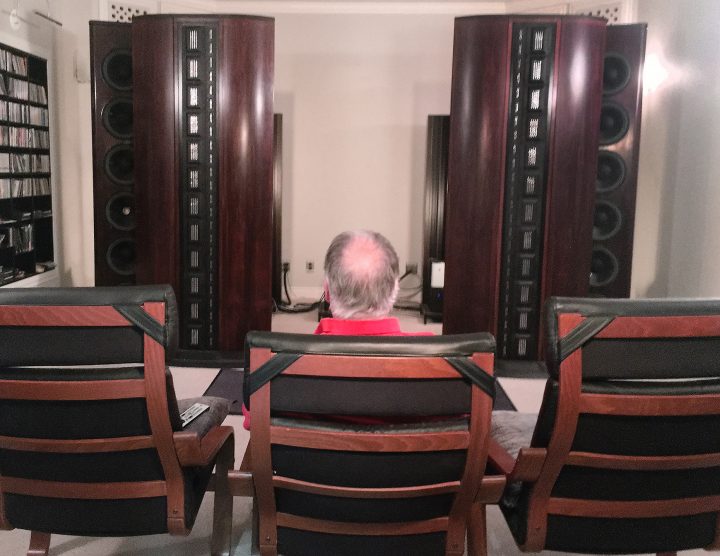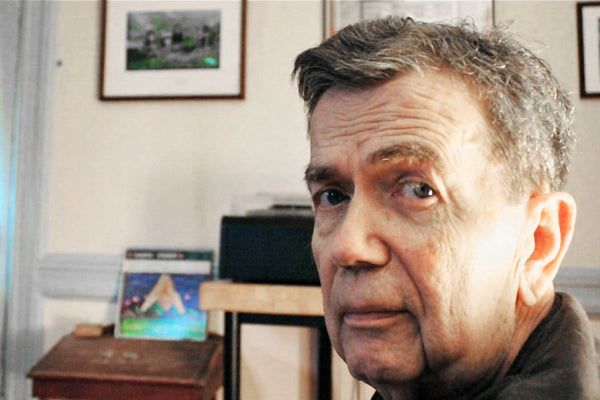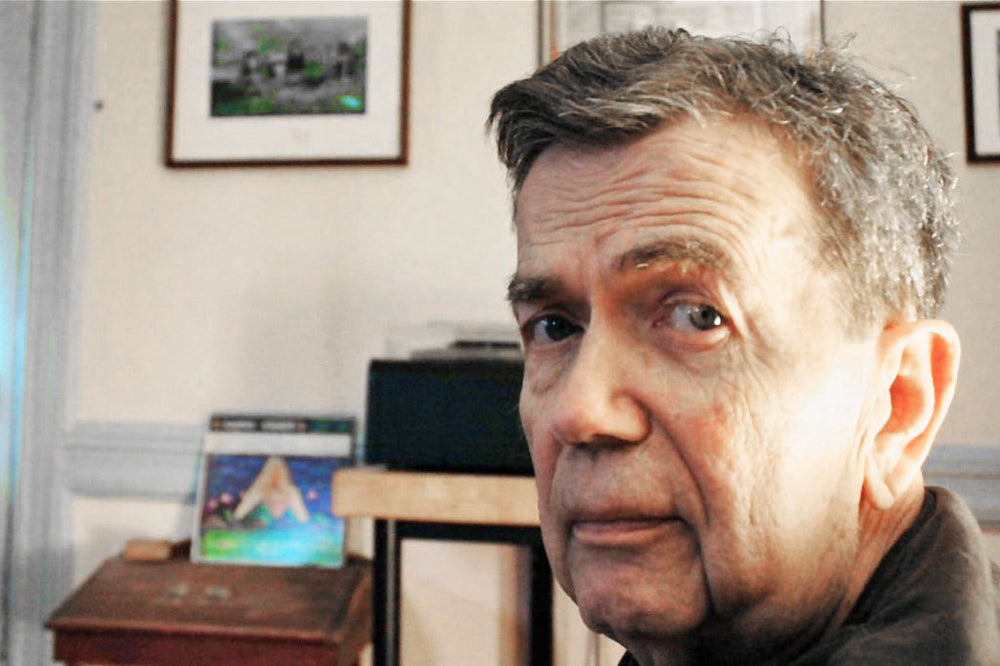I’ve lost count of the number of homes I’ve visited where the resident audiophile had assembled an expensive sound system from highly reviewed components. The number of these visits is easily in the high hundreds, if not in the thousands.
I’d say that a majority sounded mediocre. Honestly speaking, probably half of those could best be described as having boring sound. Maybe 25% of those could best be described as “Why do I feel better when the system is off ?”
Although there are usually several reasons for this, I only want to address the major one here. Curiously enough, it’s the one component that never gets reviewed. It’s also the component that—by a huge margin—makes the most difference in the performance of every system.
Hopefully you guessed that the most important component is your listening room. It will ALWAYS make or break the performance and the musical impact of your system.
I should clarify what I mean when I say “the room.” Most of us don’t have the luxury of selecting from several good rooms. We only have one, and it may not be wonderful. So the question becomes, how can I make my system play its very best with the room I have?
When you’ve got your system voiced properly, it’s as if your system has disappeared. I call that effect “playing the room.” Our goal is to work with the room, rather than against it.
Too many audiophiles throw money at more costly components, with little chance of achieving the full improvement potential that they seek. In other words, the performance of their system may change in some way, but rarely does the new component make the level of improvement that it could have. That’s because their system/room is obscuring the magnitude of any real differences.
Many audiophiles will stress about getting the new, latest, and greatest component, which may very well offer valid potential. However, these “improvements” are minute subtleties when compared to a possible plus-minus 6–12 dB variation in the system’s actual frequency response in the room. Plus, unwanted acoustic reflections in the room finish the job of smearing—maybe even obliterating—the fine nuances of a musical performance.
In the section on set-up in Get Better Sound, I describe a basic set-up program, beginning with the bass. FYI – there are other sources relating to set-up within your room, not just GBS.
The fact is, the bass response can vary wildly—for example, from a plus 6–8 db peak at 80 Hz, to perhaps a minus 6–8 dB dip at 40 and maybe another minus 6–8 dB dip at 160 Hz. These sorts of wildly varying bass resonances (that are due to the room dimensions, including speaker and listening seat placements) will literally SWAMP any minute differences in electronics and cables, as well as speakers.
Here’s the point I keep emphasizing—electronics, cables, and speakers are often a costly expense. Working with your existing room can be (almost) FREE.
You can get smoother response and minimize unwanted sonic reflections, all for little or no cost.
So why do audiophiles throw perfectly good money at buying some new product-of-the-month component, when they could realize far more musical satisfaction from simply allowing their room to get out of the way of their music?
IMO, it’s because they’ve never heard what their system could sound like with some careful thought and a bit of rewarding effort expended to make the most important component work WITH their system, rather than AGAINST it.
I do not want you to think that I’m against upgrading components. On the contrary, I’m all for it. But why compromise the value of an upgrade?
So add new and better components as your interest and budget allows. But hold off a bit until a basic foundation has been built to support the decision to “upgrade.” That foundation is working with the room.
Yes, there are a number of various set-up issues, many of which are room related. They are most often your primary resource for major improvements.
Getting your system to “play the room” is one of those discussions that could go on forever. But you first need to get started. The payoff will be years of enhanced musical involvement, and a system that will allow you to readily appreciate the value of a new component under trial.
Related to above…
A story about two identical systems with sound that varied wildly.
It must have been sometime around 2002. I was distributing the Avantgarde Acoustic loudspeakers. A few favorable write-ups had appeared about the sound of my demonstration here in Atlanta. So some audiophiles wanted to hear it for themselves.
A very nice gentleman called. He was going to be in Atlanta on business, and wondered if he could come by and listen for a few minutes. Though I had never met him, he had called and e-mailed me in the past. Interestingly, he had essentially duplicated my system in its entirety, down to the cables and the racks.
He had bought it all secondhand. So he had no help from a knowledgeable dealer. He had asked me in earlier e-mails about the basic set-up information for the Avantgarde loudspeakers, as well as what bias I used for my tube amps, etc. I provided him with the technical information he requested.
The day of his visit finally came. After initial pleasantries, we sat down to listen in my music room for a few minutes, as he only had a brief time to visit.
We listened to one of my reference CDs that he also had at home. At the end of the first piece, he sat quietly, saying nothing. At the end of the second piece, he stood up, almost angrily, as if he was leaving.
Confused, I asked him pointedly to tell me about his reaction to the demo. Did he not like it, I wondered.
He said that he was devastated. After all, he had the same equipment that I did, and he thought his dedicated music room was probably better (most likely true, because I was simply using the bonus room over my garage). He said, “I can’t understand why I don’t even have 25% of the sound that you do!”
I explained that I had carefully voiced the system to this particular room, and that made more difference than anything else. I suggested that he make use of the services of a particularly knowledgeable (and helpful) dealer that I knew in his area.
But he wouldn’t hear of it, because that dealer wasn’t “flexible enough” on his price. So he had spent many thousands of dollars on components and still fell short because he wouldn’t pay that local dealer $500 or so to come to his place and voice the entire system (that he had purchased elsewhere) to his room.
I heard later that he had bought even more costly electronics than I had here, and some cables that cost over twice as much as mine. And then, a few months afterwards, he e-mailed me to say that he was selling the entire system!
He had never approached the sound I had here. It was never musically satisfying. He almost made it seem as if I was the villain.
I should mention that he never bought my book, nor any other book (AFAIK) that might have helped him.
Basically, he thought if he kept throwing money at (used, but excellent) higher-end components, that technique alone would somehow magically carry him to musical nirvana. But he never understood, even when it was demonstrated to him, that voicing the system to the most important component—the room—was the foundational path to satisfaction.
So, did he save money by looking for sharp deals on high quality used components? In his case, the answer is a resounding NO. He actually wasted his money by not addressing the most important (and probably least expensive) aspect.
You can also read Jim’s work at his website, www.getbettersound.com .


